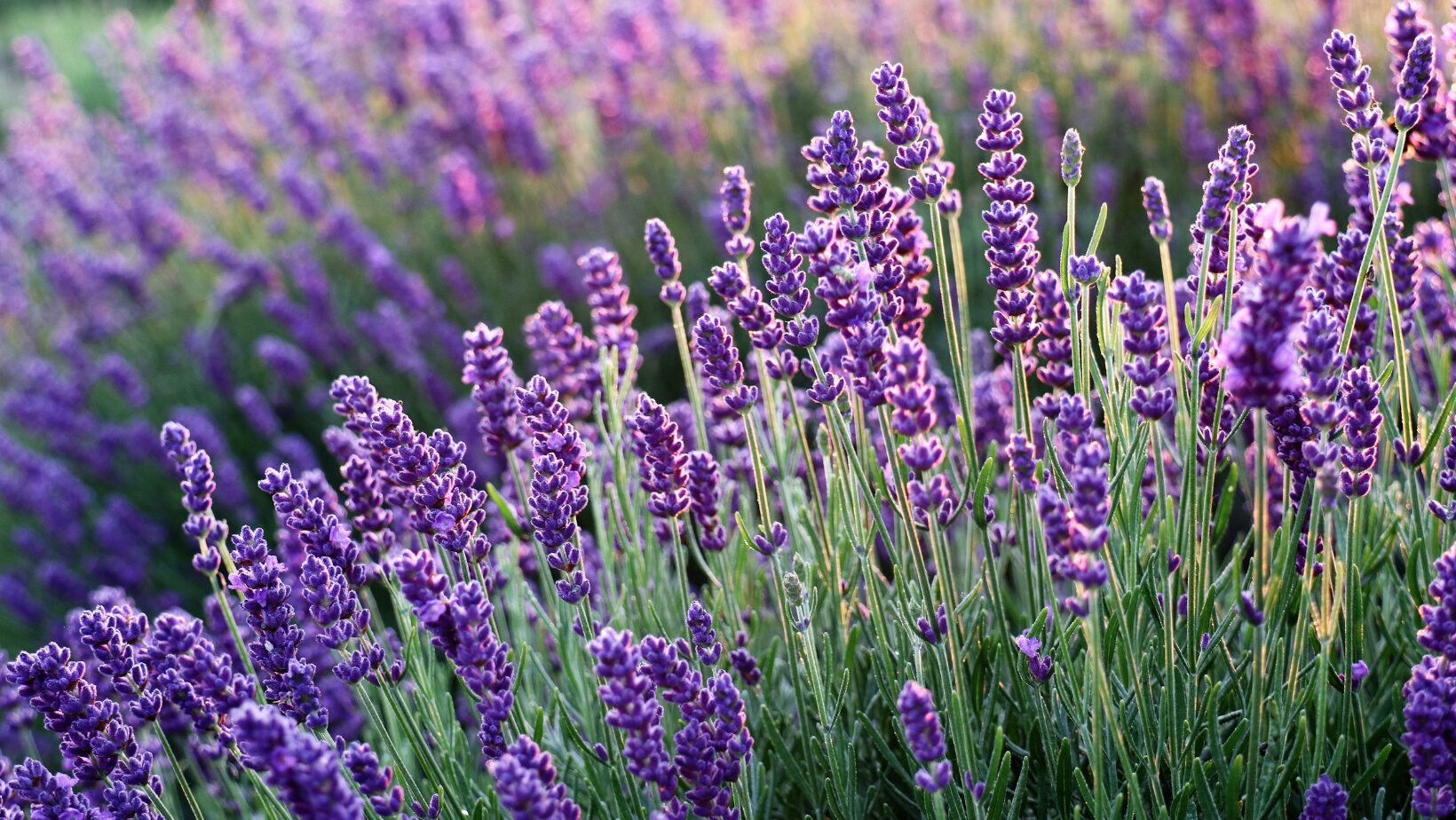
Lavender is one of those quintessential essential oils which are universally beloved – first, for its distinctive floral aroma and also, for its versatility. From enhancing the scent of freshly-washed laundry to promoting the healing of skin issues such as acne, burns, and stings to diffusing its calming fragrance, there isn’t much lavender can’t do!
However, not all lavender essential oils are created equal. In fact, there can be a wide variation in the oils and their chemical makeups. So what makes a quality lavender essential oil? First, it’s useful to know that many brands of lavender essential oils are actually made from the mass-cultivated Lavandula hybrida, also known as the Lavandin plant. Oil produced from Lavandin plants will still have a refreshing lavender aroma but with fewer potential benefits. While an economical choice for use as a fragrance, Lavandin is not typically recommended for aromatherapy and other beneficial applications.
On the other hand, True Lavender (Lavandula angustifolia) is widely celebrated for its supportive benefits, including its antimicrobial, sedative, analgesic, and anti-rheumatic properties. In addition to the distinctive aroma, oils made from these plants have reputed benefits for emotional uplifting and skin rejuvenation and are known to help heal scars, burns, and insect bites while easing inflammation.
So what’s the difference?
True Lavender is grown at a high elevation to increase the development of the light, powdery ester, linalyl acetate, the principal source of both Lavender’s potent fragrance and its beneficial properties, including the calming and soothing effects Lavender is famous for. At Inshanti, we only source our Lavender from plants cultivated at high altitudes in Provence, France. While Lavender is grown all over the world, Lavender grown in this region of France is revered as a “superior Lavender” due to its selective cultivation, which not only maximizes potential benefits but also offers a sweet, refreshing aroma very similar to fresh-cut flowers.
How do you know you’re getting the best oil?
One good option is to verify the country of cultivation and request a GC/MS report, which will provide insight into the chemical makeup of an oil. Or better yet, just buy from a reputable seller! At Inshanti, we love to educate our clients on the properties of oils and how to use them – and since Lavender is such a versatile oil, this is one that you’ll find yourself reaching for again and again! Whether you want to keep it on hand to ease the sting of an insect bite or to blend it with a carrier oil for a relaxing massage, Lavender is a powerful staple of any collection.
Additional Benefits:
True lavender has manifold potential. Diffusing or inhaling it is useful for promoting emotional balance, calming heightened emotions and easing racing thoughts. People in the Middle Ages were known to scent their pillows with lavender—not only for its antiseptic and aromatic properties—but also for restful sleep. Because of the enhanced aroma of a high-ester-count lavender, it is more likely to be enjoyed as a particularly aromatic perfume, a laundry scent or even a fragrant bath additive when blended with a carrier oil.
As an antibacterial agent, true lavender is also useful for cultivating healing. The Greeks and Romans were known to use this oil specifically for medicinal purposes. Applying two or three drops of true lavender essential oil to skin issues, including bites, stings, cuts, abrasions or burns, can ease pain and speed healing, and mixing one or two drops with a facial toner can help alleviate acne. To ease the pain of earache, warm lavender in a hot water bath, then gently massage a few drops around the skin of the ear.

